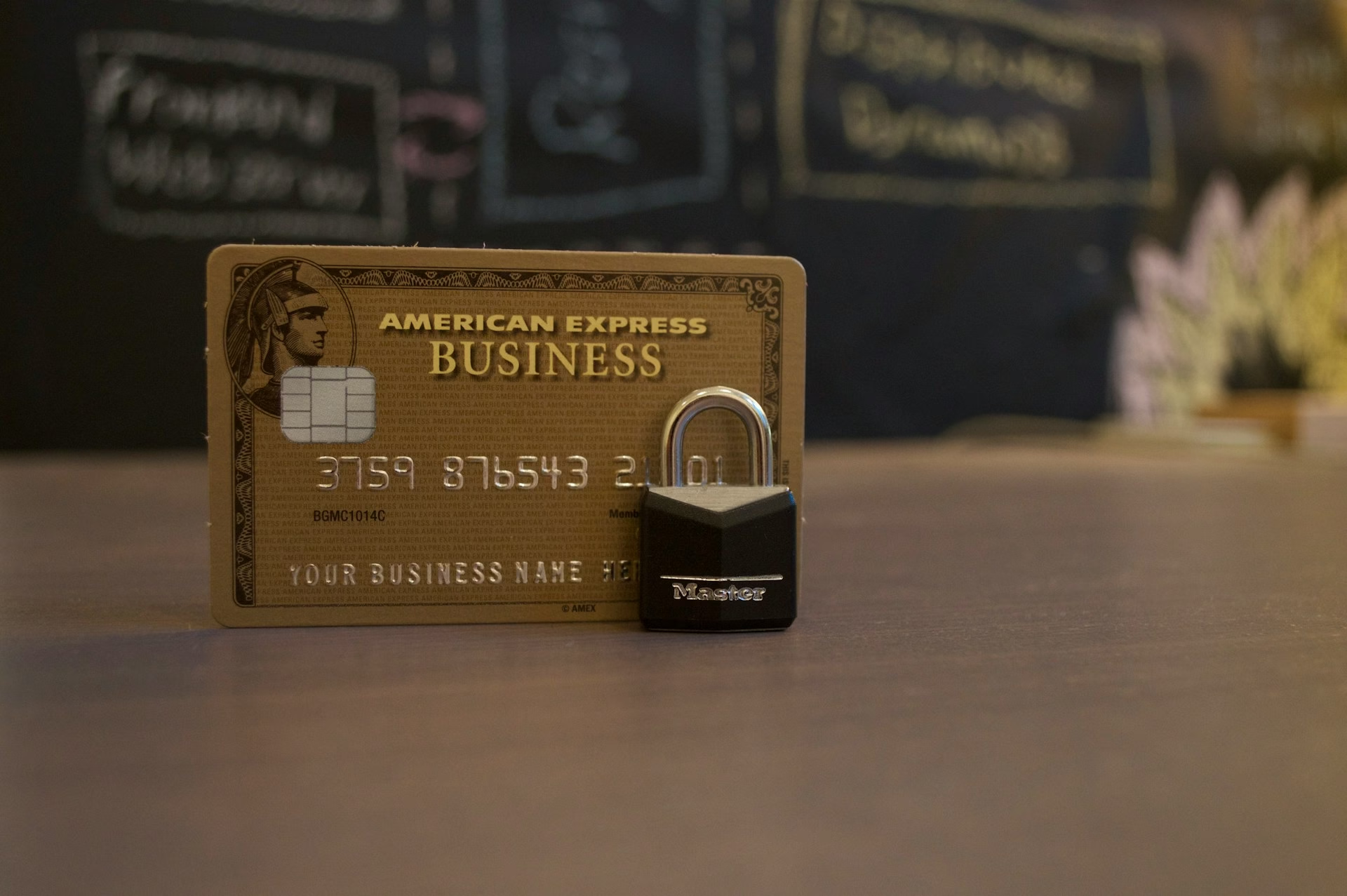How to Build Business Credit from Scratch: A Step-by-Step Guide
Building business credit is a critical step for entrepreneurs and small business owners who want to secure financing, manage cash flow, and separate personal and business finances. Starting from scratch can feel overwhelming, but this comprehensive guide will walk you through the key steps to establish and grow your business credit effectively.
Step 1: Register Your Business
Why It’s Important:
Your business must be a legal entity to establish business credit. This ensures credibility and separates your personal financial obligations from your business.
Action Steps:
- Choose a business structure (LLC, corporation, etc.).
- Register your business with your state and obtain a business license if required.
- Check that your business name matches across all legal and financial documents.
Pro Tip: Consider consulting a legal or financial advisor to determine the best business structure for your needs.
Step 2: Obtain an EIN (Employer Identification Number)
What Is an EIN?
An EIN is like a Social Security number for your business. It’s required for tax purposes and often necessary for opening accounts and applying for credit.
How to Get It:
- Apply for an EIN for free via the IRS website.
- Use your EIN when opening a business bank account or filing taxes.
Pro Tip: Keep your EIN handy and secure—it will be used in many business-related applications.
Step 3: Open a Business Bank Account
Why It’s Crucial:
Separating your personal and business finances demonstrates professionalism and keeps your financial records organized. Most importantly, it’s a foundational step in building business credit.
Steps to Take:
- Research banks or credit unions that offer business accounts with low fees or added perks.
- Gather necessary documents, such as your EIN, business registration, and a government-issued ID.
Pro Tip: Opt for a bank that offers business credit cards or loans, as building a relationship with your bank can be advantageous.
Step 4: Establish a Business Address and Phone Number
Why It Matters:
Lenders and credit bureaus take your business more seriously when it has a professional address and phone number.
Options:
- Use a virtual office service or co-working space if you don’t have a physical location.
- Set up a VoIP or dedicated business phone number to avoid using your personal line.
Pro Tip: List your business address and phone number on your website, business cards, and directories to boost credibility.
Step 5: Apply for a DUNS Number
What Is a DUNS Number?
A DUNS (Data Universal Numbering System) number, issued by Dun & Bradstreet, is a unique identifier for your business. It’s widely used by vendors, creditors, and lenders to assess your business’s creditworthiness.
How to Get It:
- Visit the Dun & Bradstreet website and apply for a free DUNS number.
- Use your DUNS number when working with vendors or applying for credit.
Pro Tip: A DUNS number is essential if you plan to work with government agencies or large corporations.
Step 6: Start with Vendor Credit
Why Vendor Credit Is Key:
Vendor accounts are an easy way to build credit when you’re just starting out. These are businesses that extend credit terms, such as Net 30 (pay within 30 days), and report your payment history to credit bureaus.
Recommended Vendors:
- Uline: Office supplies and shipping materials.
- Quill: Office and cleaning supplies.
- Grainger: Industrial and safety equipment.
Pro Tip: Pay invoices early to create a strong payment history, as this positively impacts your business credit score.
Step 7: Monitor Your Business Credit Reports
Why Monitoring Matters:
Errors on your credit report can negatively affect your score and your ability to secure funding. Regularly check your reports to ensure accuracy.
Where to Monitor:
- Dun & Bradstreet
- Experian Business
- Equifax Business
Pro Tip: Consider signing up for a credit monitoring service to get alerts on changes to your business credit profile.
Step 8: Apply for a Business Credit Card
Why It’s Beneficial:
A business credit card is a powerful tool for managing expenses, earning rewards, and building credit. Choose a card that aligns with your business spending and financial goals.
What to Look For:
- Low-interest rates or introductory 0% APR offers.
- Rewards programs tailored to business needs (cash back, travel points, etc.).
- No annual fee options for startups.
Pro Tip: Use your card responsibly by keeping your balance low and paying it off in full each month to avoid interest and improve your credit score.
Step 9: Build Relationships with Banks and Credit Unions
Why Relationships Matter:
Establishing a strong relationship with financial institutions can lead to better credit products and loan approvals in the future.
How to Start:
- Open accounts with local banks or credit unions.
- Begin with smaller credit products, such as lines of credit or secured loans.
Pro Tip: Show consistent account activity and maintain good financial habits to build trust over time.
Step 10: Stay Consistent and Patient
Building business credit doesn’t happen overnight, but consistency pays off. Regularly review your progress, pay bills on time, and seek new opportunities to strengthen your credit profile.
Conclusion
Building business credit from scratch may seem daunting, but it’s a manageable process when broken into actionable steps. From registering your business to establishing vendor accounts and monitoring your credit profile, each step brings you closer to financial flexibility and growth.
Ready to get started? Follow these steps, stay consistent, and watch your business credit flourish. With a solid foundation, you’ll be well-equipped to secure funding, expand your operations, and achieve your entrepreneurial goals.
Would you like to add visuals, charts, or examples for a more engaging blog post?




